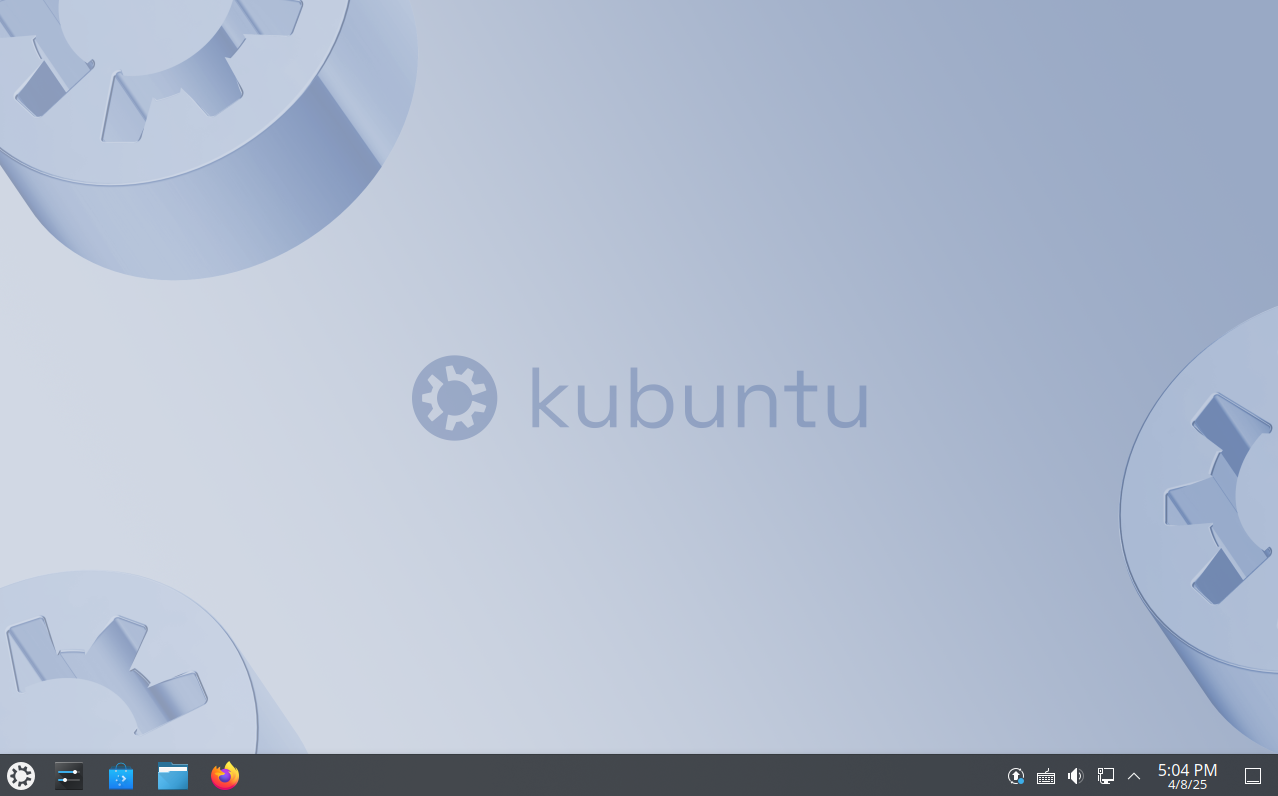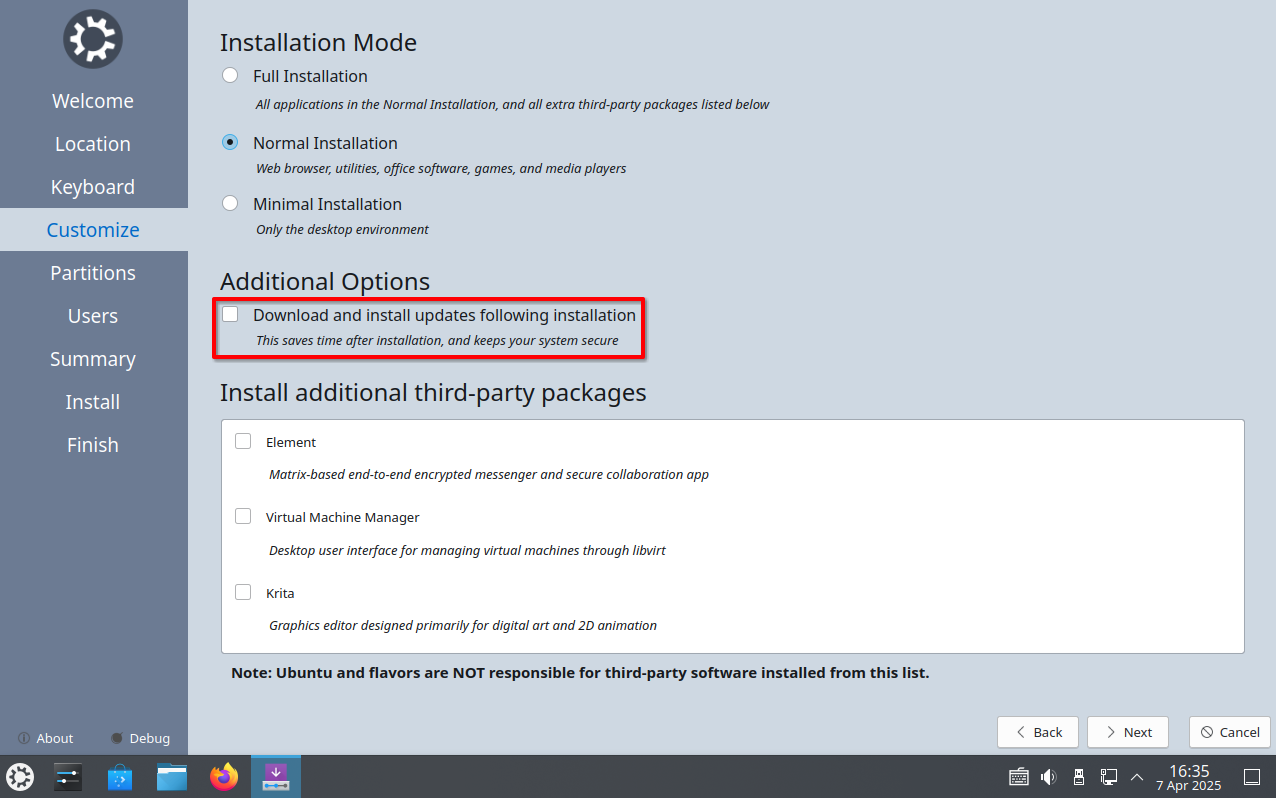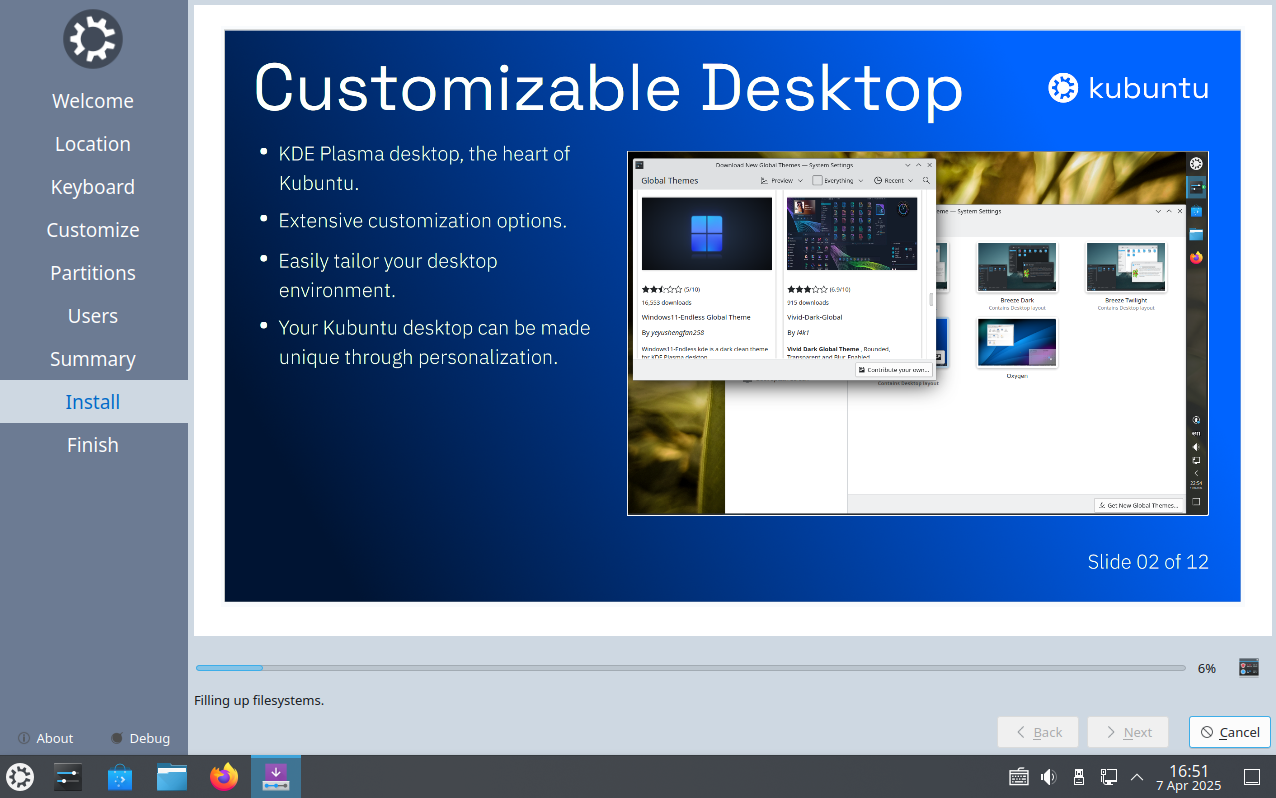Ubuntu may get the limelight a lot in Linux circles, but it has several cousins. One of them is Kubuntu Linux, and it has some unique qualities that might lead you to make it your primary operating system.
If you have trouble keeping up with the names of all the different Linux distributions out there, you’re forgiven. They number in the thousands, and sometimes, their differences seem only slight. Their names can be confusing too, like Kubuntu, which is distinct from Lubuntu and Xubuntu. In my experience, these distros have a lot more than just one letter’s worth of differences, though. So let’s explore what sets Kubuntu apart and who should use it.
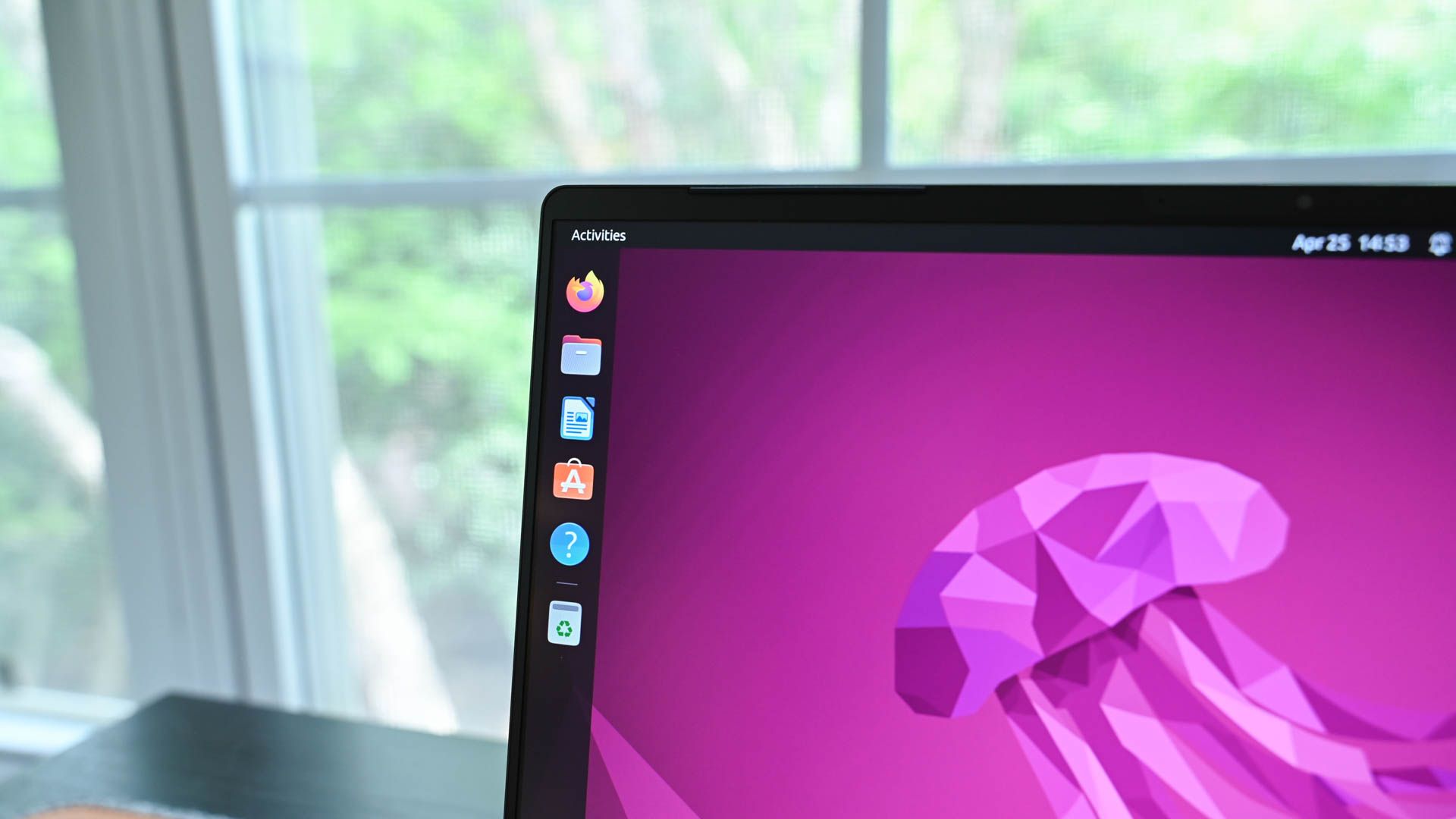
Related
Which Linux Distro is Right for You? A Beginner’s Guide
Find the perfect Linux distro for your needs.
What Is Kubuntu?
|
Year of First Release |
2005 |
|---|---|
|
Minimum System Requirements |
25GB storage, 4GB RAM, 2GHz dual-core processor (64-bit) |
|
Supported Desktop Environment(s) |
KDE Plasma |
Kubuntu is a free and open source operating system for desktop PCs and laptops that’s based on GNU/Linux. It’s related to the better-known Ubuntu operating system. In fact, Kubuntu is essentially Ubuntu but with a different coat of paint. It has a different desktop experience and set of default applications, collectively known as KDE Plasma. That’s where the “K” in Kubuntu’s name comes from.
As a bit of background, Kubuntu was the first of many Ubuntu variants. It came about in the mid-aughts when Ubuntu developers recognized a need to provide multiple diverse user experiences instead of just one. Over the years, sponsorship of Kubuntu as a project shifted from Canonical to Blue Systems while still maintaining its original mission and continued collaboration with Canonical.
While Ubuntu and Kubuntu both have the same core, Ubuntu’s desktop edition (as opposed to the “headless” version used by server managers and tinkerers) comes with a desktop environment called GNOME. Speaking for myself and many others, not everyone likes the GNOME interface, even if they like the Ubuntu base. You, I’m sure, have your own opinions on the layout of your current PC’s desktop, and maybe a wish list of changes for it. That’s where Kubuntu comes in, offering a recognized and stable base but with an alternative interface.
What Makes Kubuntu Different?
Kubuntu is for people who want a desktop computing experience that’s reliable and “just works,” but that’s also malleable enough to suit anyone’s needs. Thanks to KDE Plasma, Kubuntu is powerful enough for power users without any major adjustments, but without the need (usually) to fool with config files. Kubuntu makes this possible by giving you a ton of settings menus and dialogs, to a point some people find annoying.
This is in contrast to regular Ubuntu, whose GNOME desktop comes with a far more minimalist settings manager. GNOME can be modified quite a bit, but not without installing additional software. Kubuntu also sets itself apart with its default configuration of Plasma which folks coming over from Windows 10 will find far more familiar than GNOME. More on that later.

Related
Switching From Windows to Linux: A Step-by-Step Migration Guide
A distro hopper’s guide to migrating from Windows to Linux.
Keep in mind, though, that KDE Plasma’s boons aren’t limited to Kubuntu as a Linux distribution. Plasma is a very popular desktop environment, with many popular distros offering their own Plasma editions. For example, instead of Kubuntu you can grab the Plasma Fedora spin or Manjaro Plasma, if that floats your boat. They’ll give you the essentially the same experience Kubuntu does but with a different base.
If you’re not sure why you would want a different base, the most important thing to know is that Kubuntu’s base, Ubuntu, is slower than others to get updates. Ubuntu prioritizes stability, so non-security updates get held back and tested rigorously before being passed to you. That means if you put two computers with Kubuntu and a more bleeding-edge distro like Plasma Fedora next to each other, they’d look and feel mostly the same. Except, you’d find some small desktop redesigns and gadgetry on the Fedora computer that are missing from the Kubuntu one.
Installing Kubuntu
To install Kubuntu, you’ll first get an ISO image file from the Kubuntu download page. At the time of writing, you can choose between Kubuntu 22.04 and Kubuntu 24.04, which are both LTS (Long-Term Support) releases, or Kubuntu 24.10. If you’re not sure which to pick, I would choose the newest LTS release, which in this case is version 24.04. You can always come back for another version if that one doesn’t work for you.
Once you have the ISO file, you can either make a bootable thumb drive with it, or you can load it into a virtual machine (VM) which is what I’m doing for this demonstration.
After booting in, you have the option to either try or install Kubuntu. If you’ve never used it before, click “Try Kubuntu” and see how it feels. There will be an “Install Kubuntu” shortcut on the desktop for when you feel ready to make it permanent.
The installation wizard is pretty self-explanatory. At the “Installation Mode” screen, I recommend leaving “Normal Installation” selected unless you know what you’re doing. I also recommend checking the “Download and Install Updates Following Installation” box. Your wait time will be longer, but you’ll also have a fully functional operating system from the get-go.
In the “Partition” section, make sure of two things. First, double check you have the correct drive at the top for Kubuntu to be installed on. Second, don’t try installing Kubuntu alongside Windows on the same drive or manually partitioning unless you know what you’re doing. Windows doesn’t get along with Linux, and partitioning is best left to the pros. Erasing the disk is the simplest and most reliable setup.
With that said, double check again that the disk you’re going to erase is the correct one. You should also confirm that you don’t mind losing all the data on it. Follow the rest of the prompts and then wait.
What Running Kubuntu Is Like
As I said earlier, some people find the Plasma desktop to be too busy, especially when it comes to the settings menus. A redeeming quality of Kubuntu is that the default settings are sane and will be familiar for anyone used to the Windows experience. Chances are good you simply won’t care to make any serious tweaks. In the case you do, there is a lot of Kubuntu documentation to help you.
Again, folks coming over from Windows 10 will feel the most at home in the default Kubuntu setup. There’s the taskbar at the bottom of your screen, with a “system tray” to the right holding time and date info along with several indicators and widgets to help you manage your computer and apps. To the left, alongside all of your pinned and running apps, is an app launcher button that mimics the Windows Start menu experience.
Many of the same keyboard shortcuts on Windows work the same way on Plasma. Hitting the Windows key (called the “Meta” key in Kubuntu) will open the app launcher, and Alt+Tab will let you switch between application windows. Hitting Meta+L will lock your screen, or you can use Ctrl+Alt+Delete to get a menu for shutting down, restarting, or putting your PC to sleep.
There are a ton of features and widgets for productivity in Kubuntu that you can explore and play with. I won’t get into them here, but I recommend looking into some of our favorite ways to make the most of KDE Plasma.
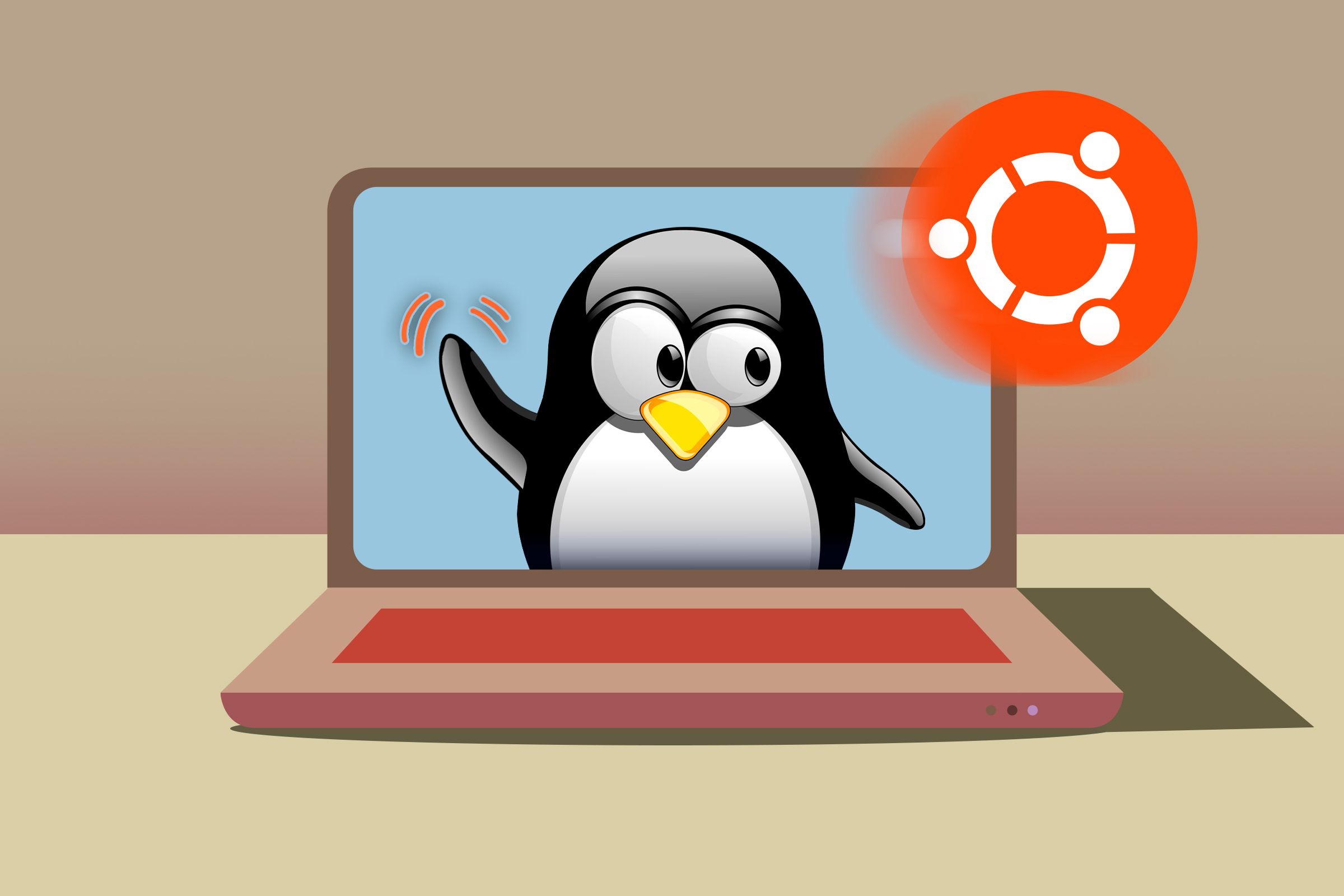
Related
Ubuntu Was My First Distro—Here’s Why We Went Our Separate Ways
We just don’t see eye to eye anymore.
Kubuntu Has Its Own App Ecosystem
KDE Plasma and Kubuntu itself are both part of a wider collection of related and interconnected projects called the KDE Community. There are tons of applications, toolkits, and frameworks developed as part of the project. Kubuntu relies on those frameworks and comes with many of those apps preinstalled as your default apps, such as your calculator (KCalc), your notepad (KWrite), and your file browser (Dolphin).
There are also a ton of other, more niche apps in the KDE collection that you might want. They’re all available for free in Kubuntu’s software manager “Discover,” and they include apps like Akregator the RSS reader, KMag the magnifying glass, and KMyMoney for managing finances. Take a long scroll on the complete KDE apps list for more, including a bunch of games for when you’re bored.
That’s just KDE’s own set of apps. You can find even more in Discover. It includes popular apps you probably already use ,like Spotify, Slack, and VLC, plus a ton more open source apps you have never heard of but are free to download.

Related
Why Do I Use Linux? It’s the Apps, and Here Are 7 of My Favorites
The best apps for GNU are also the best apps for me.
Should You Use Kubuntu?
Based on my experience using it daily for around eight months, I’d say Kubuntu is for anyone looking for an alternative operating system to Windows or macOS who wants a highly flexible environment to work in—without the need to make edits to cryptic configuration files. It’s ideal if you also don’t care about having the absolute latest version of every app and instead prefer stability above all else.
If you want to give Kubuntu a try, you have several options. Download the ISO from the official Kubuntu download page and you can install it on a thumb drive and trial it on just about any computer before fully installing the distro. Alternatively, you can use the ISO to launch it as a virtual machine inside of your current operating system using something like VirtualBox.
If you happen to be in the market for a new computer, you can also simply buy a Kubuntu laptop or mini PC from a store like Kubuntu Focus. I’ve reviewed Focus laptops before and found them worth giving a go.
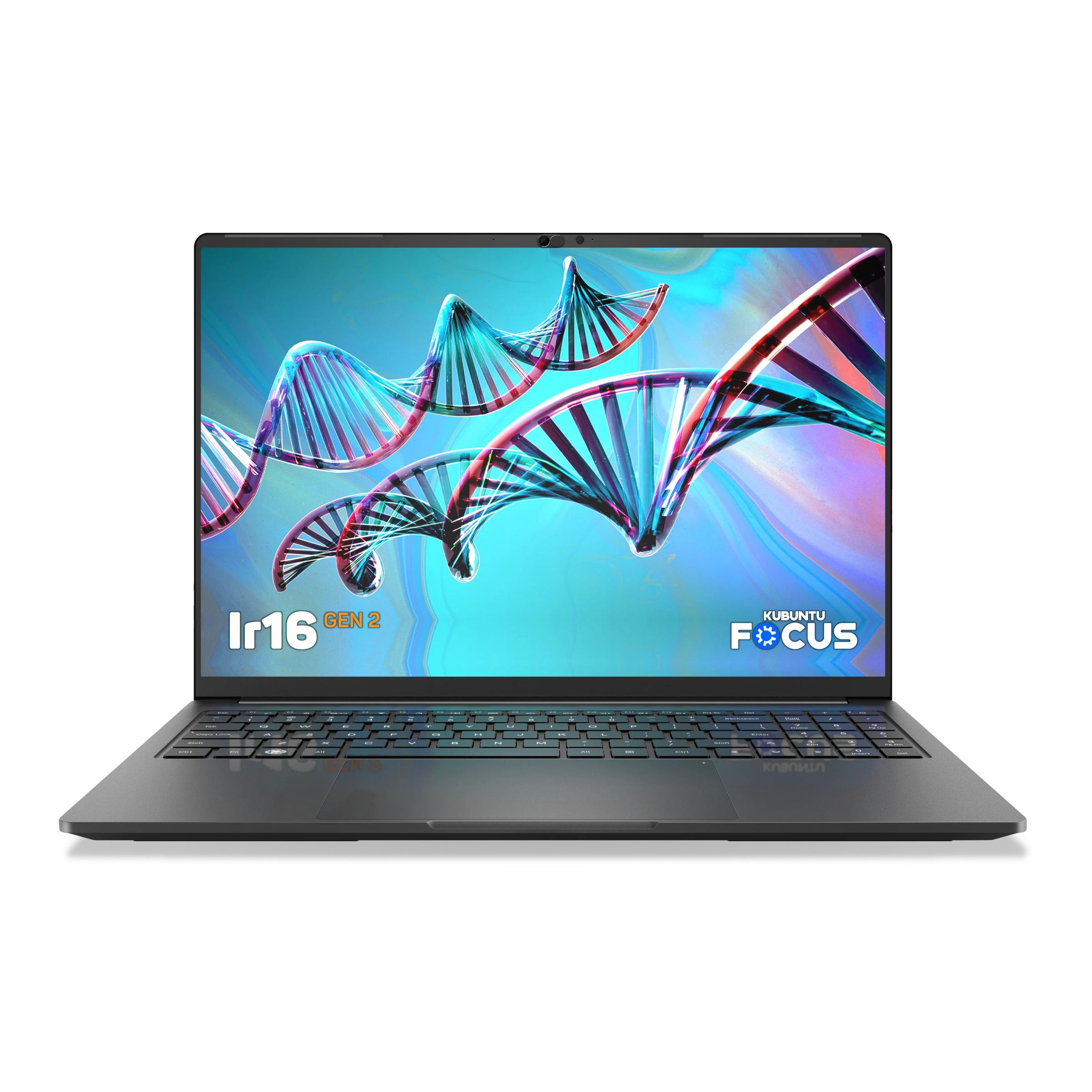
Kubuntu Focus Ir16 (Gen2)
The Ir16 GEN 2 marries the enterprise-class hardware from Carbon Systems with the meticulous OS integration and Linux-first support from Kubuntu Focus.


